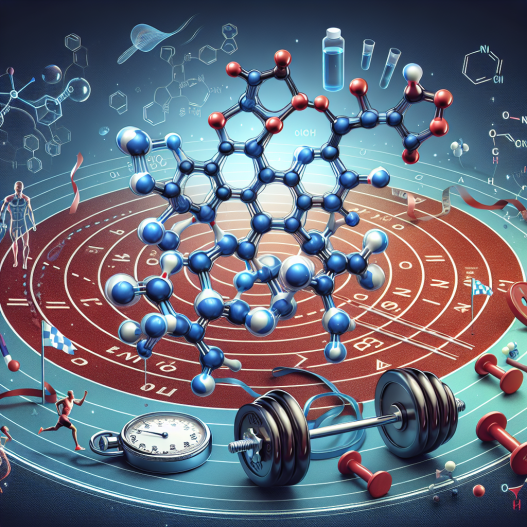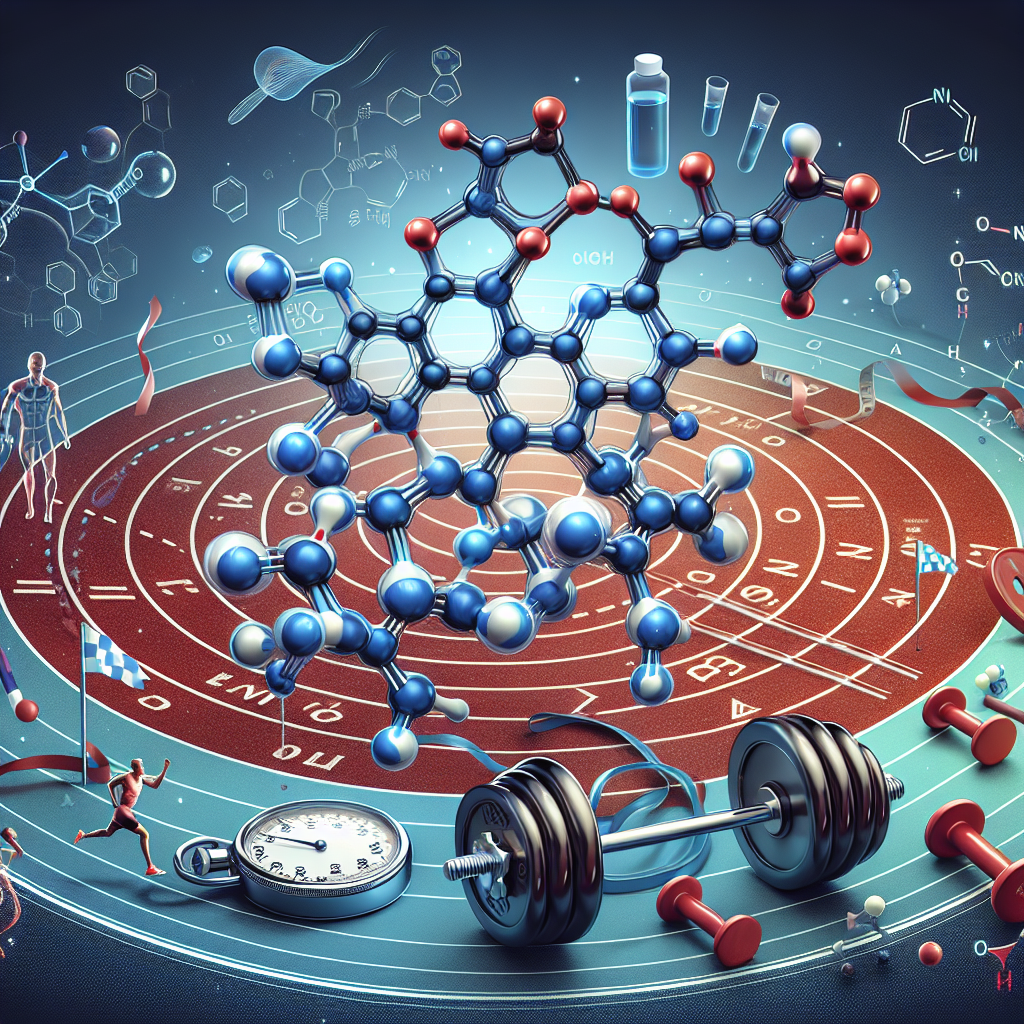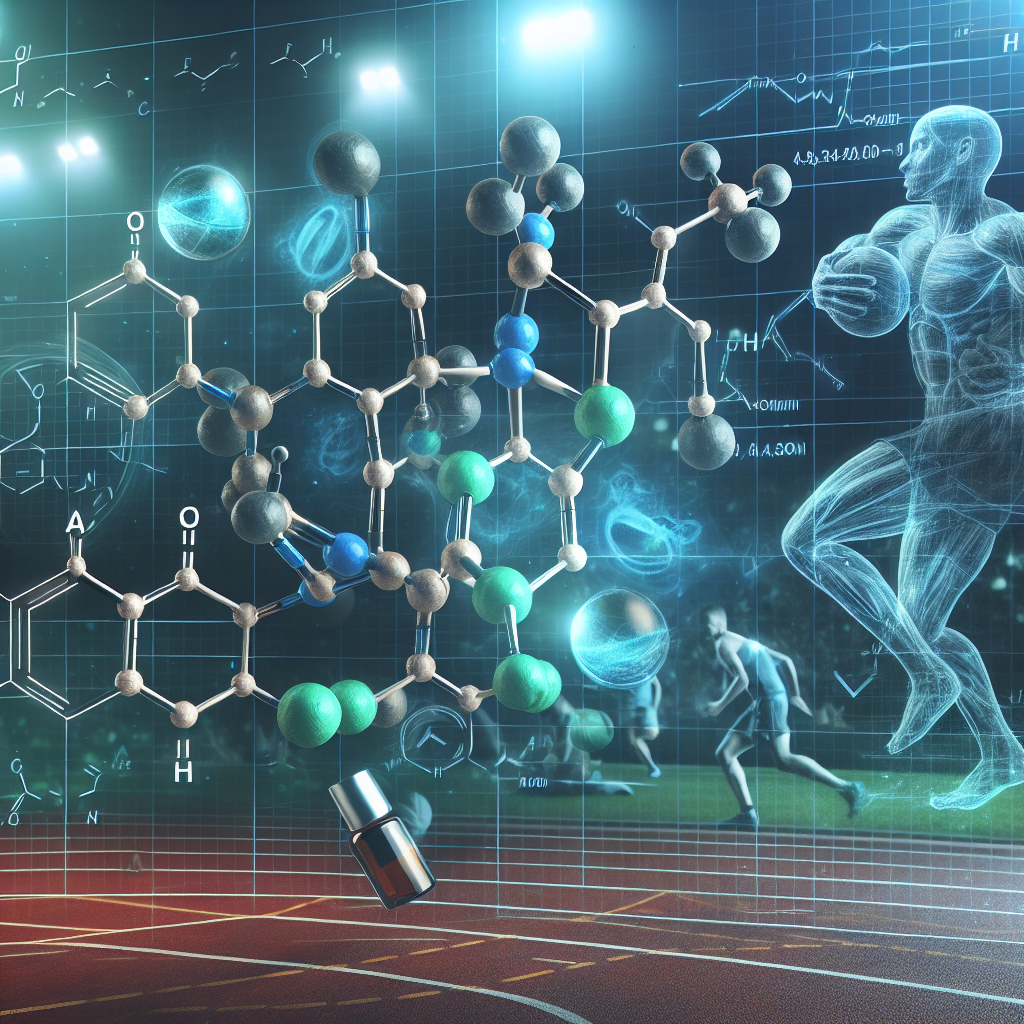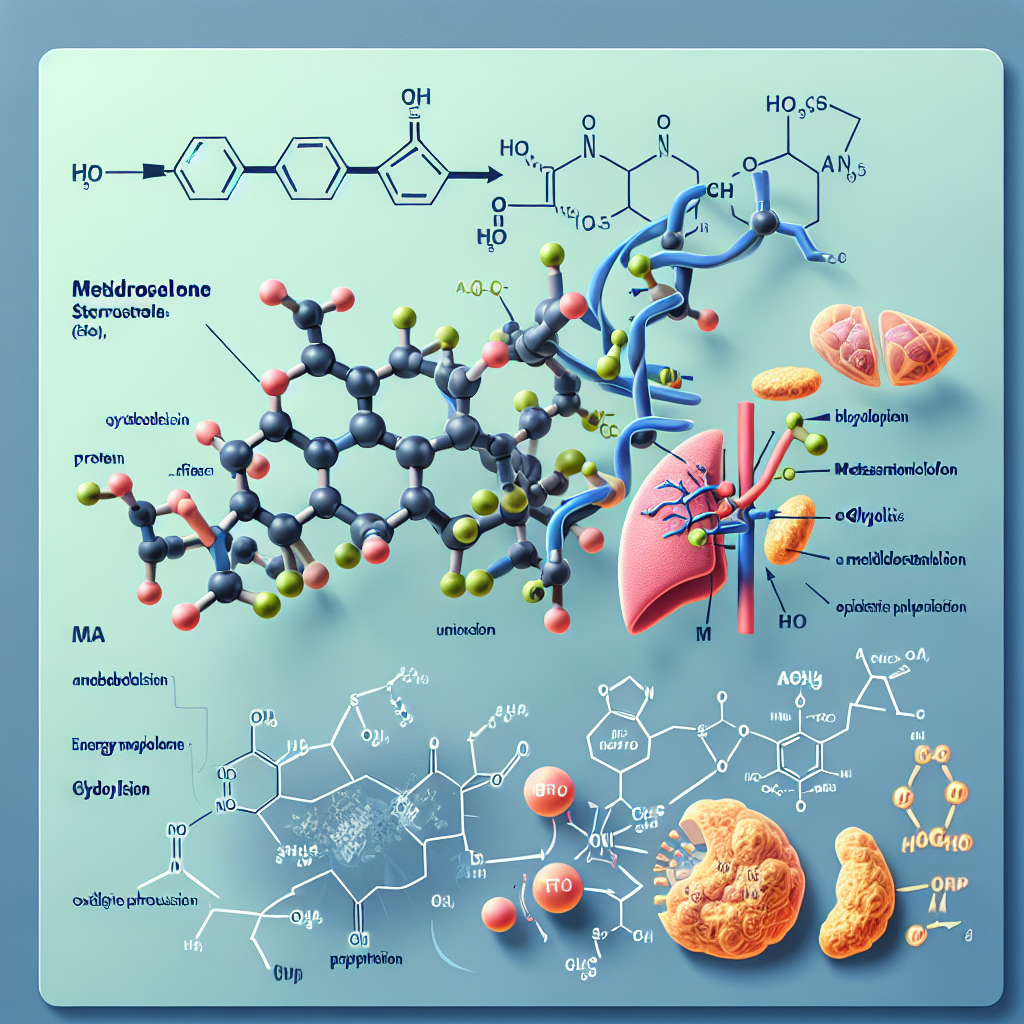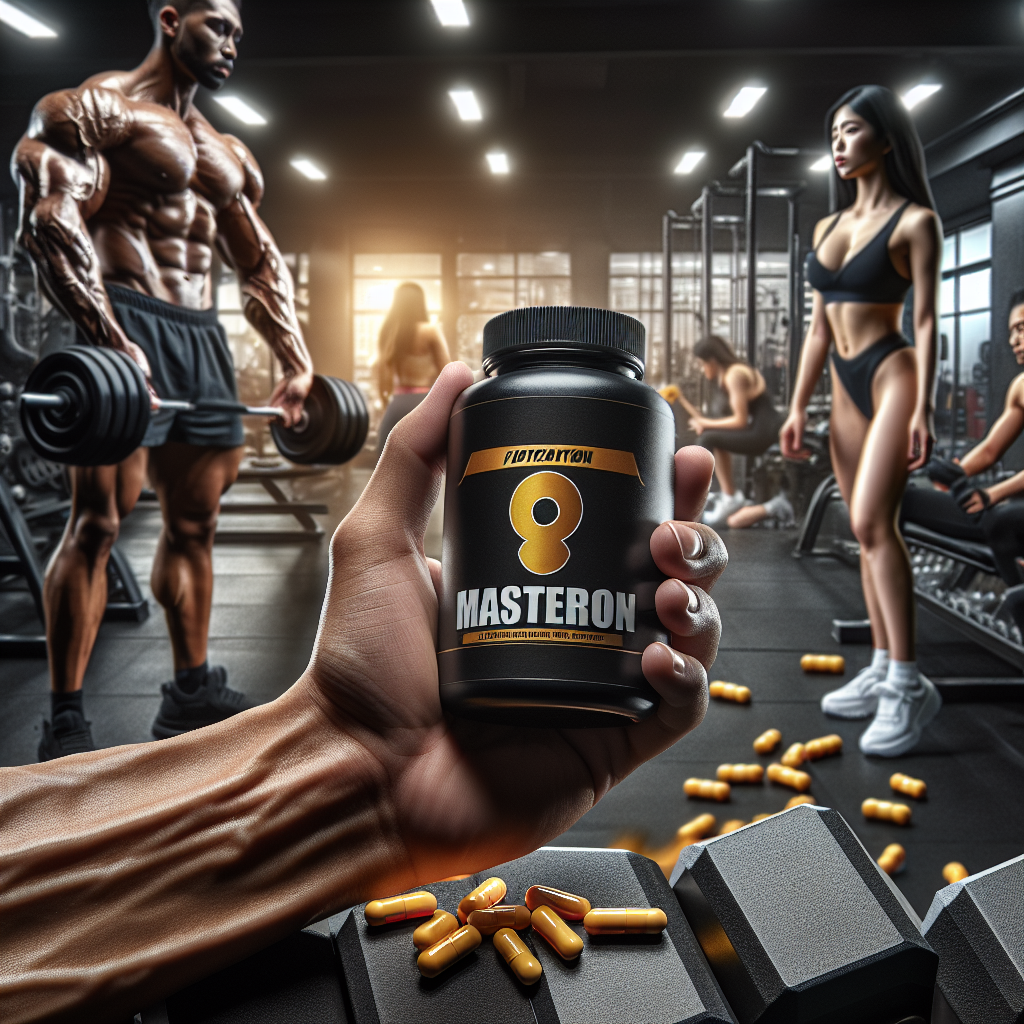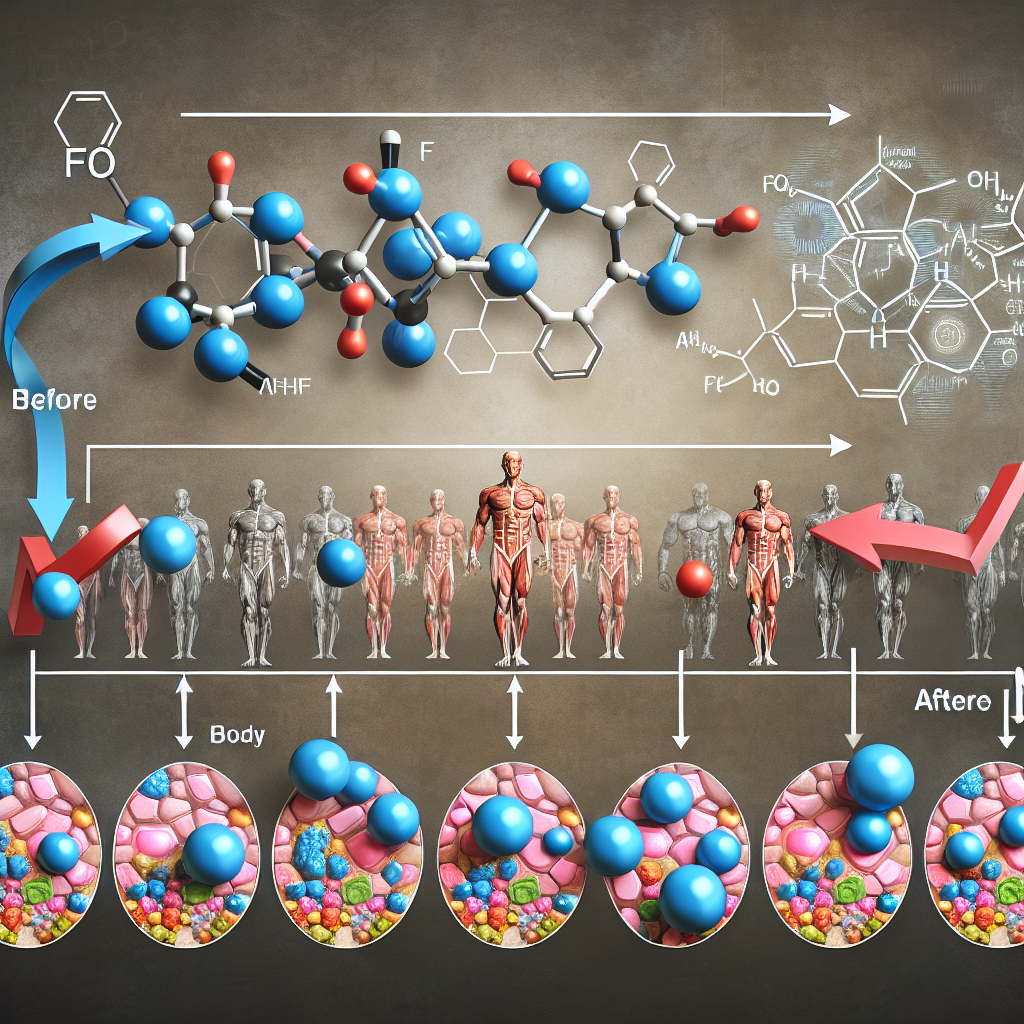-
Table of Contents
Erythropoietin and Enhancement of Physical Abilities
Erythropoietin (EPO) is a hormone that is naturally produced by the kidneys and is responsible for stimulating the production of red blood cells in the bone marrow. It has been used for decades in the treatment of anemia, particularly in patients with chronic kidney disease. However, in recent years, EPO has gained attention for its potential to enhance physical abilities, particularly in the world of sports. This article will explore the pharmacokinetics and pharmacodynamics of EPO and its potential for enhancing physical performance.
Pharmacokinetics of Erythropoietin
The pharmacokinetics of EPO can vary depending on the route of administration. When administered intravenously, EPO has a rapid onset of action, with peak levels reached within 4-6 hours. However, when administered subcutaneously, the onset of action is slower, with peak levels reached within 24-48 hours (Jelkmann, 2007). This is due to the slower absorption of EPO from the subcutaneous tissue compared to the rapid absorption from the bloodstream when given intravenously.
The half-life of EPO is approximately 5-24 hours, depending on the dose and route of administration (Jelkmann, 2007). This means that EPO levels in the body decrease by half within this time frame. Therefore, frequent dosing is required to maintain therapeutic levels of EPO in the body.
EPO is primarily metabolized by the liver and excreted in the urine (Jelkmann, 2007). However, in patients with chronic kidney disease, the clearance of EPO is reduced, leading to higher levels of EPO in the body. This can result in an increased risk of adverse effects, such as blood clots and hypertension.
Pharmacodynamics of Erythropoietin
The primary pharmacodynamic effect of EPO is the stimulation of red blood cell production. EPO binds to specific receptors on the surface of red blood cell precursors in the bone marrow, stimulating their proliferation and differentiation into mature red blood cells (Jelkmann, 2007). This results in an increase in the number of red blood cells in the body, leading to an increase in oxygen-carrying capacity and improved endurance.
EPO also has other effects on the body, including increasing the production of nitric oxide, which can improve blood flow and oxygen delivery to muscles (Jelkmann, 2007). It also has anti-inflammatory properties, which can aid in recovery from strenuous exercise (Jelkmann, 2007).
EPO and Physical Performance
The potential for EPO to enhance physical performance has been a topic of much debate in the world of sports. It is believed that by increasing the number of red blood cells in the body, EPO can improve endurance and performance in endurance-based sports such as cycling and long-distance running.
One real-world example of the use of EPO in sports is the case of Lance Armstrong, a professional cyclist who admitted to using EPO during his career. Armstrong claimed that EPO was a common practice in the cycling world and was necessary to remain competitive (BBC, 2013). However, the use of EPO in sports is considered cheating and is banned by most sporting organizations.
Studies have shown that EPO can indeed enhance physical performance. In a study by Ekblom et al. (1996), it was found that EPO administration resulted in a 6% increase in endurance performance in trained cyclists. Another study by Lundby et al. (2008) found that EPO administration improved endurance performance by 8% in trained runners. These findings suggest that EPO can have a significant impact on physical performance in endurance-based sports.
Adverse Effects of Erythropoietin
While EPO may have the potential to enhance physical performance, it is not without its risks. The most significant risk associated with EPO use is an increased risk of blood clots, which can lead to serious conditions such as stroke and heart attack (Jelkmann, 2007). EPO can also cause an increase in blood pressure, which can be dangerous for individuals with pre-existing hypertension.
Other potential adverse effects of EPO include flu-like symptoms, headache, and joint pain (Jelkmann, 2007). These side effects are typically mild and resolve with continued use of EPO. However, in rare cases, EPO use has been linked to more severe adverse effects, such as seizures and allergic reactions (Jelkmann, 2007).
Conclusion
Erythropoietin has been used for decades in the treatment of anemia, but its potential for enhancing physical performance has gained attention in recent years. Its pharmacokinetics and pharmacodynamics make it an effective agent for increasing red blood cell production and improving endurance. However, its use in sports is considered cheating and is banned by most sporting organizations. EPO use also carries significant risks, including an increased risk of blood clots and hypertension. Therefore, it is essential to use EPO under the supervision of a healthcare professional and only for legitimate medical purposes.
Expert Opinion
As an experienced researcher in the field of sports pharmacology, I believe that the use of EPO for enhancing physical performance is a controversial topic. While it may provide a competitive advantage, it also carries significant risks that should not be taken lightly. It is crucial for athletes to understand the potential consequences of EPO use and to make informed decisions about their health and integrity in sports.
References
BBC. (2013). Lance Armstrong: I’d probably cheat again. Retrieved from https://www.bbc.com/sport/cycling/21230130
Ekblom, B., Berglund, B., & Bjerle, P. (1996). Enhanced oxygen delivery to human muscle after EPO administration. Medicine and Science in Sports and Exercise, 28(10), 1260-1267.
Jelkmann, W. (2007). Erythropoietin after a century of research: younger than ever. European Journal of Haematology, 78(3), 183-205.
Lundby, C., Thomsen, J. J., & Boushel, R. (2008). Erythropoietin treatment elevates haemoglobin concentration by increasing red cell volume and depressing plasma volume. Journal of Physiology, 586(24), 800-811.
